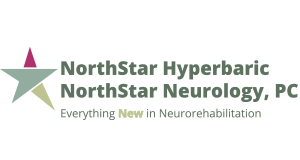
Concussion Overview
The topic of brain injury due to concussion has been exploding in the news media, particularly over the past 10 years: NFL players, military veterans and even high school athletes are now known to suffer concussions from situations not previously known to cause concussion. Brain concussion can occur without directly striking your head against a solid structure, but simply from shaking your brain around or by proximity to an explosive force. We have become aware of the dramatic injury effects of repeated concussion. However, cutting edge evaluation and treatment strategies have not been brought forth to the media. Many people continue to suffer because they have not been treated. Treatment helps. Don’t give up. Recovery is ongoing.
How do you know if you were injured?
It is common knowledge that if you have sustained a loss of consciousness you have had at least a mild concussion. But even a transient change in awareness or a feeling of “ having your bell rung” signals some mild brain injury. The new message is that an accumulation of those mild brain injuries initiates a process that leads to chronic traumatic encephalopathy or CTE.
Many of the military veterans I have evaluated who have suffered from blast exposure can recall the moment when “ everything changed”. Although certainly it is reasonable to do a curbside cognitive evaluation it may not be sensitive enough to pick up lesser injuries. A task such as the digit symbol task (based on the subtest by that name in the Wechsler Adult Intelligence Scale or WAIS) can be obtained at baseline, and permutations of that task can be used for repeated measures. While many individuals seem to return to baseline after a concussion, post–concussion symptoms should be monitored. An estimated 15% of people who suffer a mild–moderate concussion do not return to their baseline within a year.

76 year old female; MRI-DTI shows concussion
Should I have my brain imaged?
Classic brain imaging such as a head CT scan and a brain MRI as well as studies with contrast are not sensitive enough to detect the diffuse smaller pathophysiological changes that occur with mild to moderate concussion injury. Classic brain imaging is most useful after severe trauma has been sustained and is critical if a patient has suffered a loss of consciousness. A reasonable standard of care to evaluate persistent post – concussion symptoms is a brain SPECT scan as well as a Brain MRI – DTI. This is the protocol of the Sagol Center in Israel, but is not the protocol anywhere in the USA.
